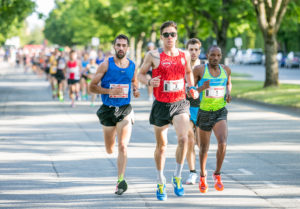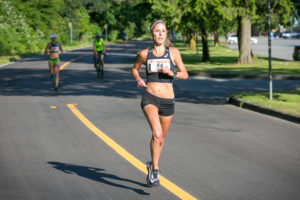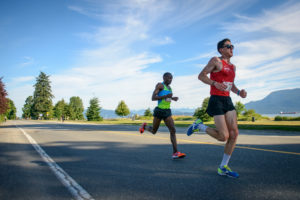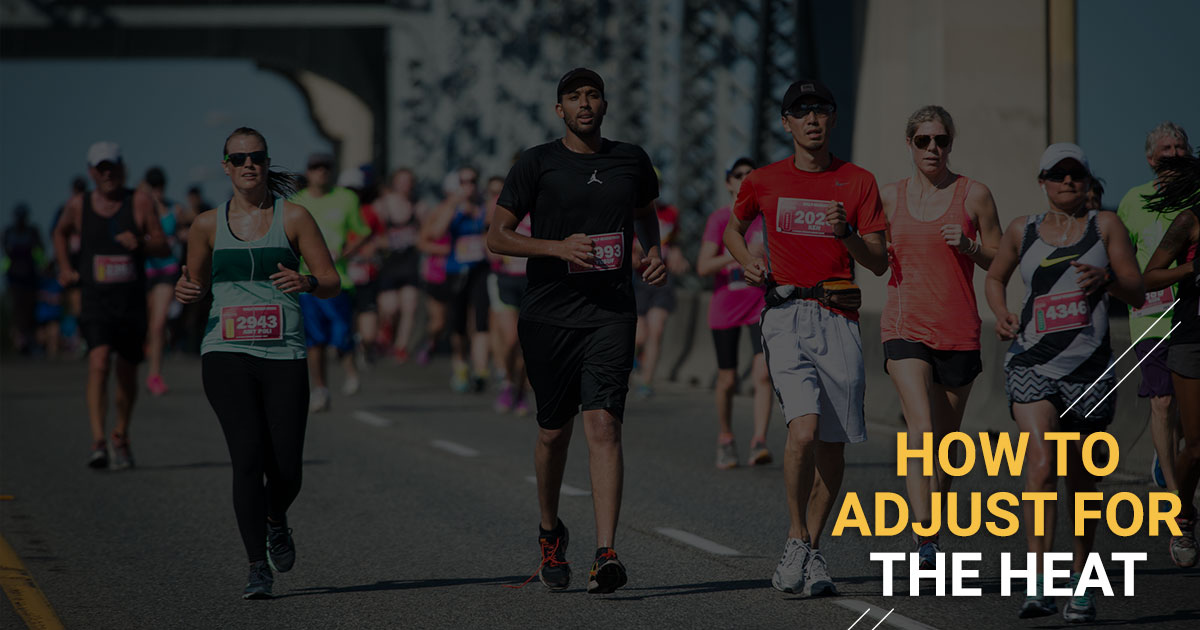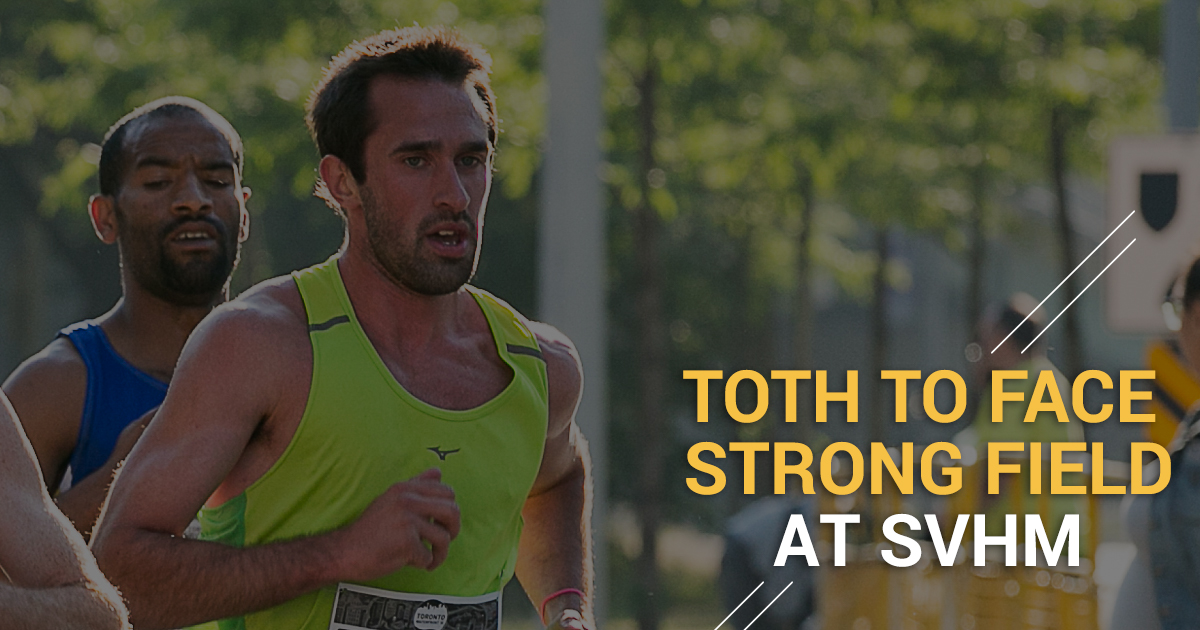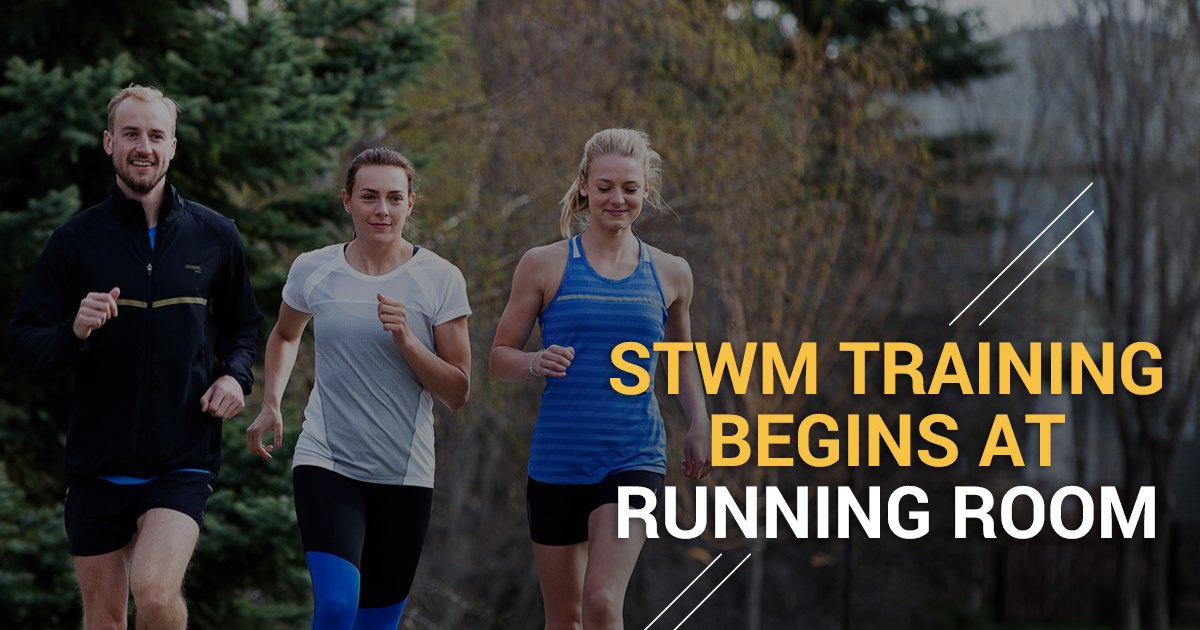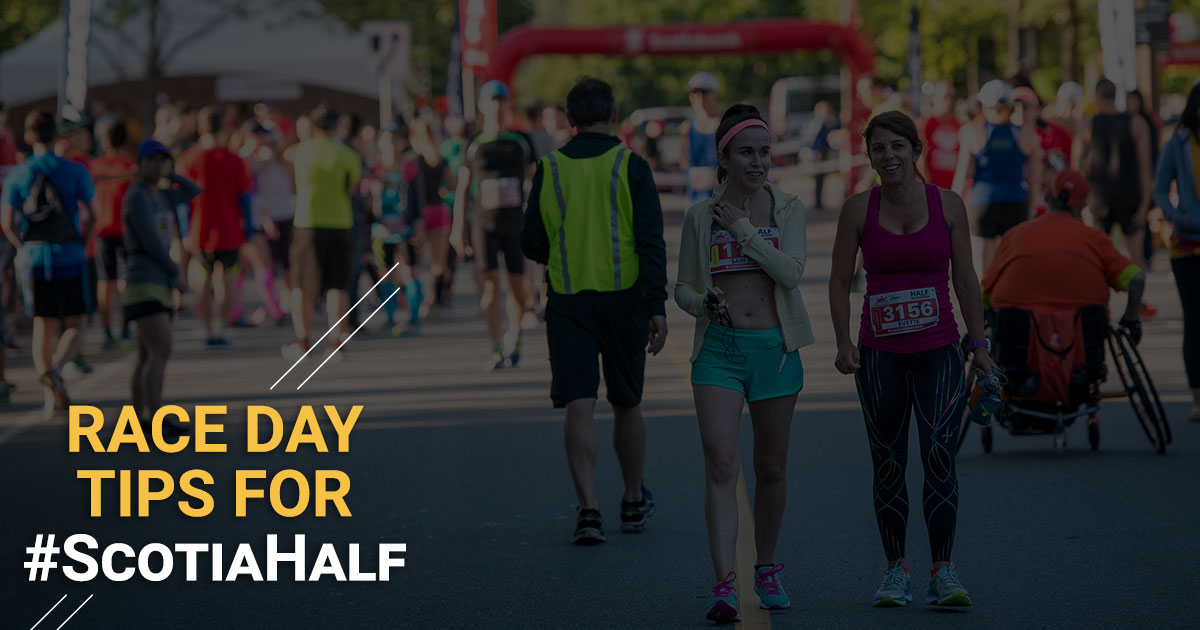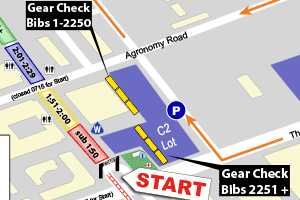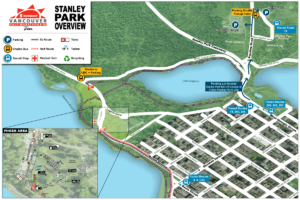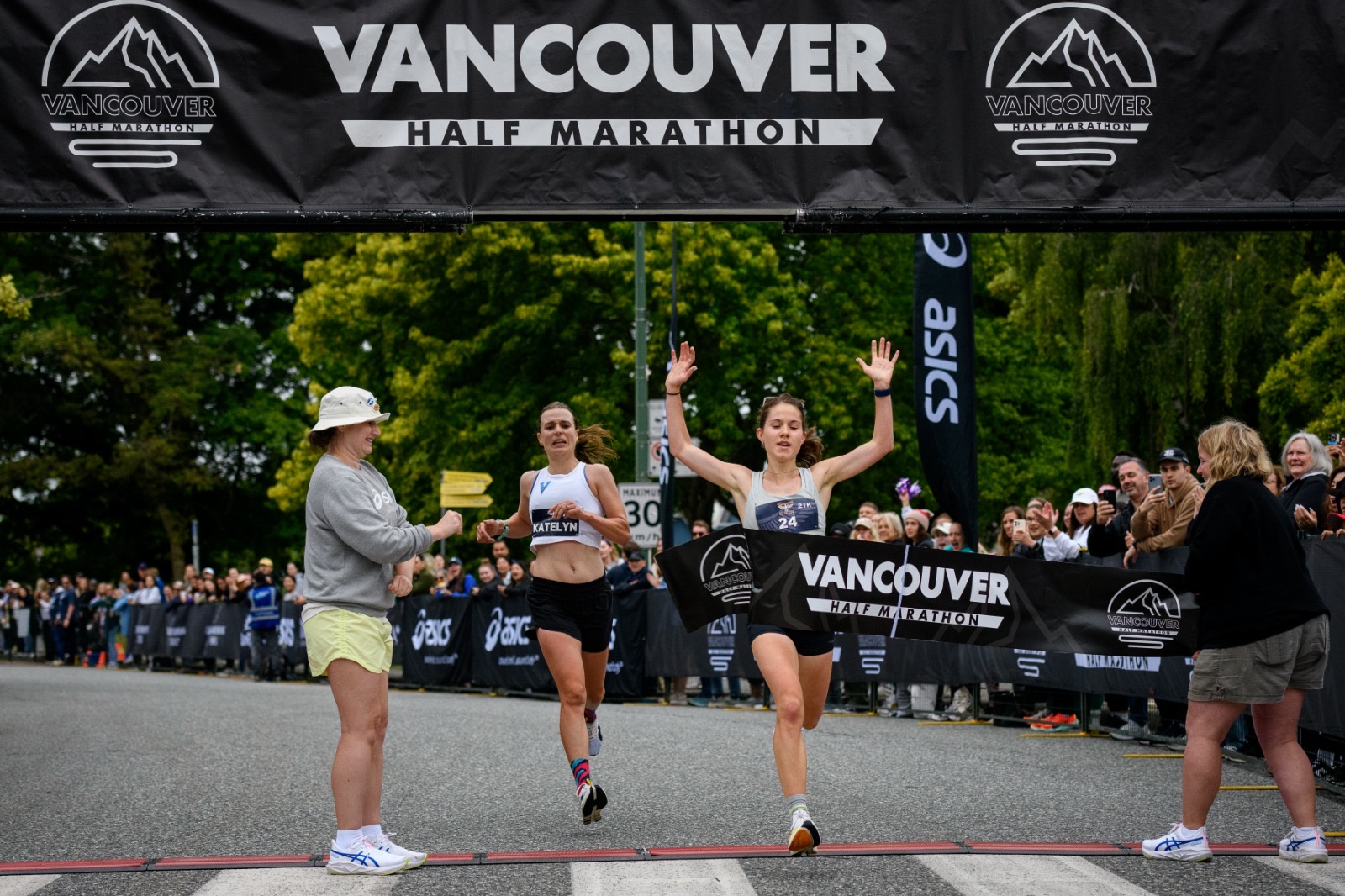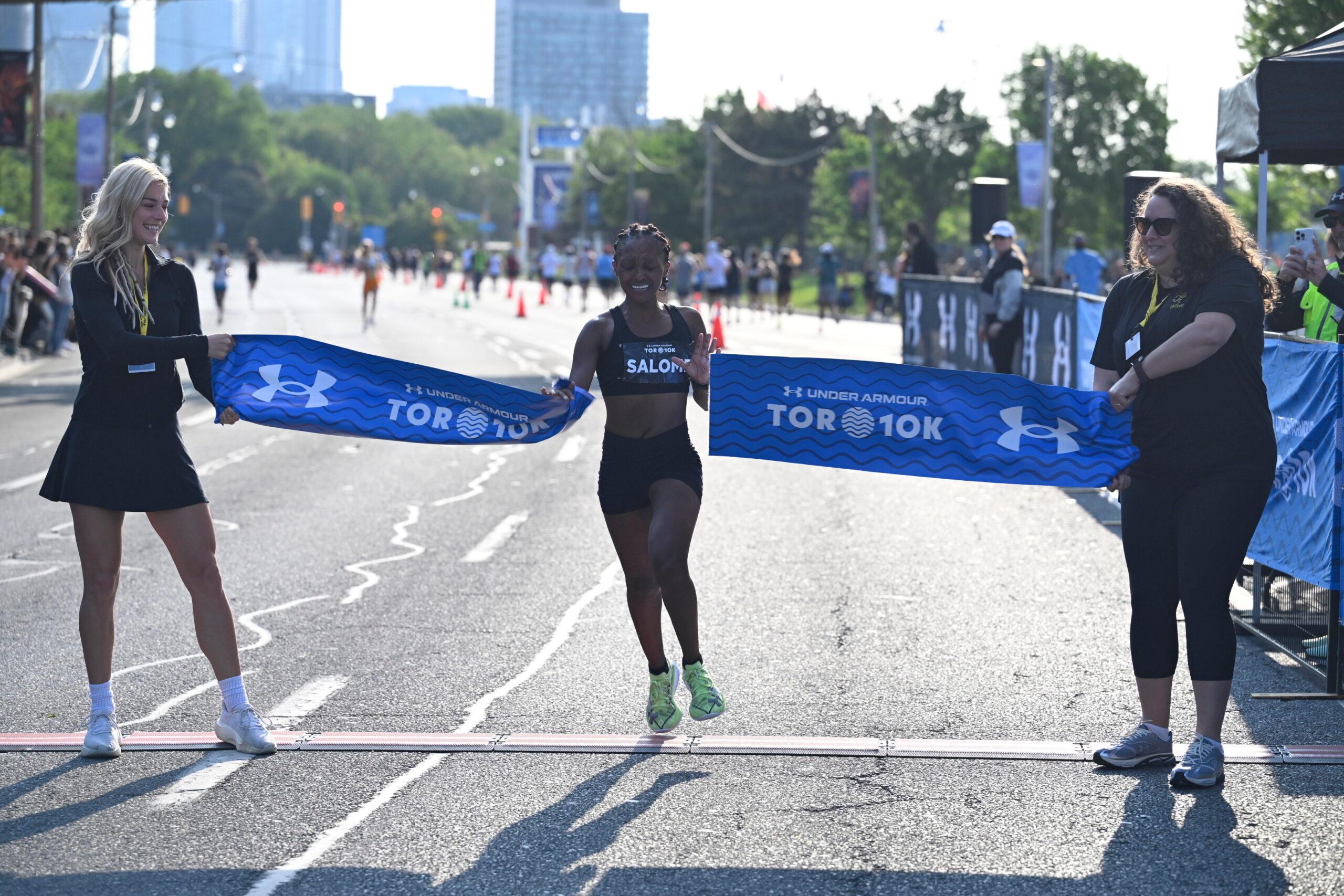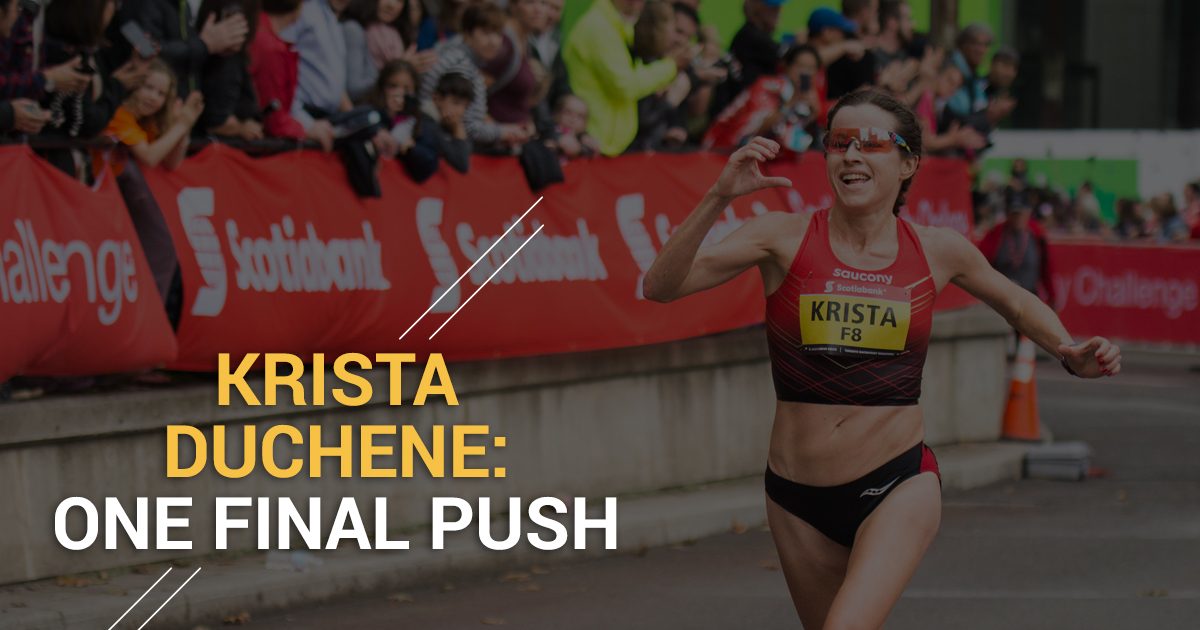
By: Paul Gains
Athletes aren’t always the best judge of when it’s time to retire but 2016 Canadian Olympian Krista DuChene has no false illusions.
Seven months past her 40th birthday the second fastest female Canadian marathoner of all time acknowledges she is ‘plateauing’ and with that in mind is pouring all her efforts into one last sublime performance at the 2017 Scotiabank Toronto Waterfront Marathon. The race, set for October 22nd, has once again earned an IAAF Gold Label.
“This is probably my last attempt at a PB (personal best),” DuChene declares. “I feel like this is where I am giving 100% one last time. And, I am not saying I am retiring or giving up on a chance to make a world championship team, but this is where I am going to give everything to run as fast as I can and then just take it from there.”
Four years ago she recorded her personal best time of 2:28:32 in Toronto, four seconds faster than Sylvia Ruegger’s Canadian Record but was beaten to the line by Lanni Marchant (2:28:00). Given her declared intent to chase her personal best the Canadian record would be a suitable target, one would think. DuChene, articulate as ever, declines the bait.
“When I am asked that it comes down to ‘do you want to beat Lanni?’ And no I don’t want to just go out there and beat Lanni,” DuChene clarifies. “She’s a phenomenal runner and well deserving of that record. I want to run as fast as Krista DuChene can run.”
Following the Rio Olympics, where she finished 35th in 2:35:29, DuChene turned to Dave Scott-Thomas for coaching after a long and successful relationship with Rick Mannen. Though she is clearly grateful for Mannen’s commitment she says she felt she needed to grow and try a new approach. Scott-Thomas had seven athletes on the 2016 Olympic team including marathoners Eric Gillis and Reid Coolsaet.
Over the winter DuChene traveled to Kenya for her first ever experience with high altitude training, running as much as 190 kilometres a week. She expected that the tremendous work would bear fruit at the London Marathon in April. But, for the first time in her career, she fell victim to gastrointestinal problems during the race and faded to 2:43:31.
“Reid (Coolsaet) said it’s almost like I have taken two steps forward and one back,” DuChene recounts. “The one step back was my performance in London. I think that is true. I believe I have grown so much even as an experienced marathoner at the age of 40 I can apply that again and there are still benefits I can gain from that experience.”
One thing she learned is how much she enjoys running in Toronto which is only an hour’s drive from her Brantford, Ontario home.
“I must say I am excited to run Toronto because, when I was in London, even though it’s such a prestigious race with such an amazing elite field, I was lacking that healthy pressure I get in Toronto,” she explains.
“When I was there I was no one. It’s not that I needed to be going to the race expo and being busy with all that stuff, but it was so relaxed. It was too relaxed. There was no element of accountability with the home town crowd or knowing that I would have family at the finish line that I could hug when I finished, or, seeing people along the route cheering for me and just giving me that extra push.
“You don’t get that anywhere in the world other than in Toronto for me. That’s why I am returning to do this race again. I could pick any race in the world to do and this is the one I choose.”
Under her new program DuChene is covering more mileage than ever. On her summer schedule she rises at 5am so she can run and then be ready to spend the day with her three children who are on summer break. Afternoons may be spent at her sister-in-law’s pool down the road. Occasionally she drives to Guelph for key workouts with Scott-Thomas.
As her children grow up she realizes she has been sacrificing home life to get the most out of her running career. Now as they are 11, 9 and 6 years of age she embraces the change to come.
“One thing that makes me feel this is my last attempt at running my fastest I want to save some energy. I want to be able to ski with my kids and not worry about injury,” she reveals. “I want to be able to go for ice cream when they are going for ice cream, Those are some of the things I don’t want to look back on and say ‘I wish I had spent more time with my kids.’
“When I went to Kenya, Johnathan took the kids out to Calgary to ski. And there was this little video clip of the kids coming down. It was the sweetest thing. One of my kids said ‘it would be so much fun if mum was here.’ It didn’t upset me; it kind of resonated with me. I don’t want to look back and wish I had taken a bit more of physical risk with my kids. That is something I have definitely had to sacrifice. I want to have more energy to give them.”
DuChene will make those sacrifices one last time and hope that her health and the racing conditions in Toronto are optimal so she can run faster than ever. It’s her fifteenth marathon in fifteen years. It could be a one heck of a climax to an Olympian career.
To join Krista on the start line, or get more information on Scotiabank Toronto Waterfront Marathon see STWM.ca
-30-
About Scotiabank Toronto Waterfront Marathon
An IAAF Gold Label race, the Scotiabank Toronto Waterfront Marathon is Canada’s premier, big-city running event, the Athletics Canada National Marathon Championships, and the Grand Finale of the 7-race Canada Running Series. In 2016 it attracted 26,000 participants from 70 countries, raised $3.24 million for 182 charities through the Scotiabank Charity Challenge, and contributed an estimated $35 million to the local economy. The livestream broadcast was watched by more than 72,000 viewers from 129 countries. STWM.ca


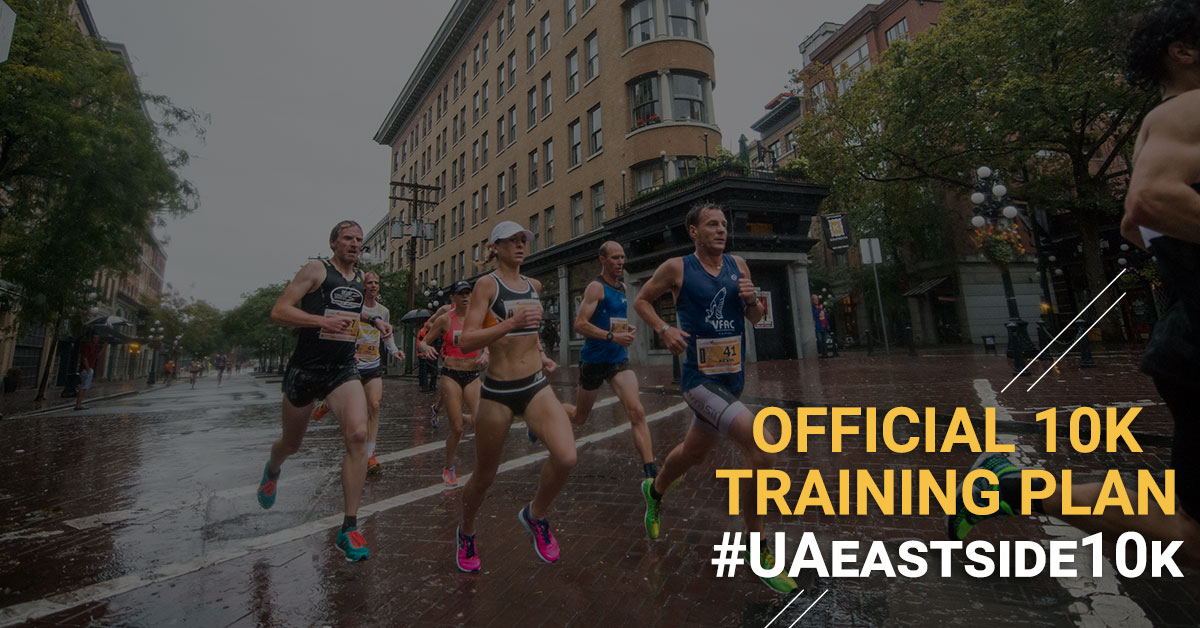


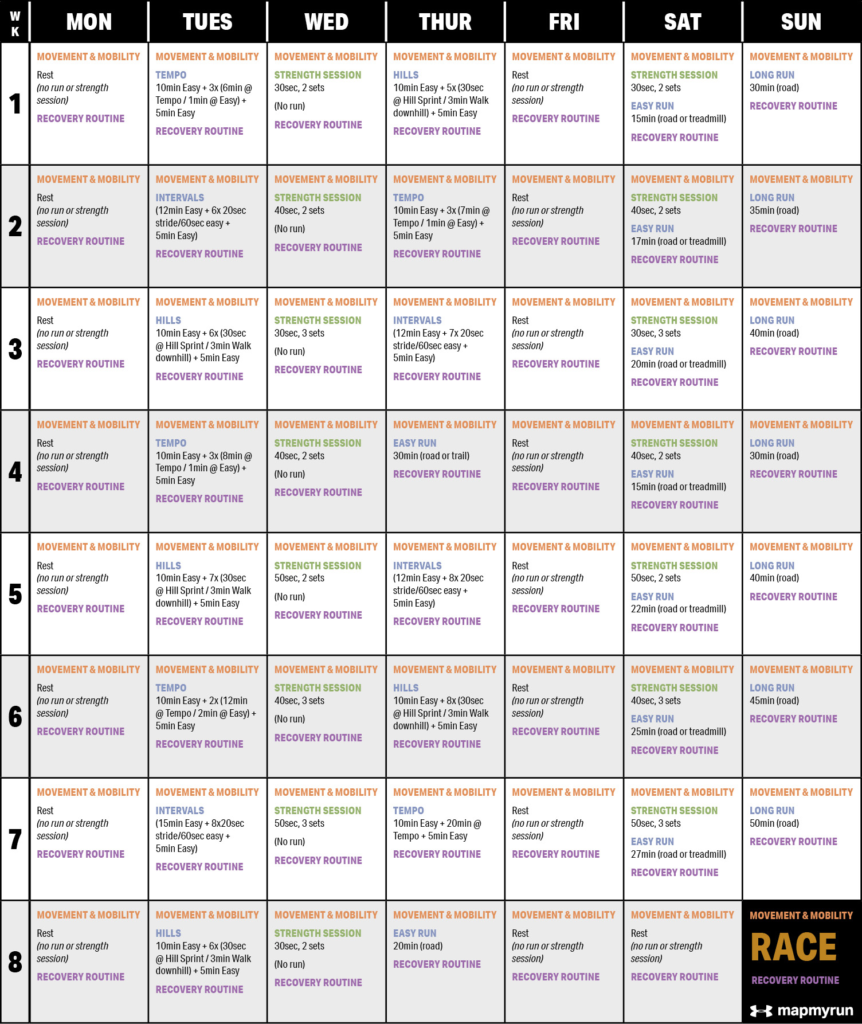

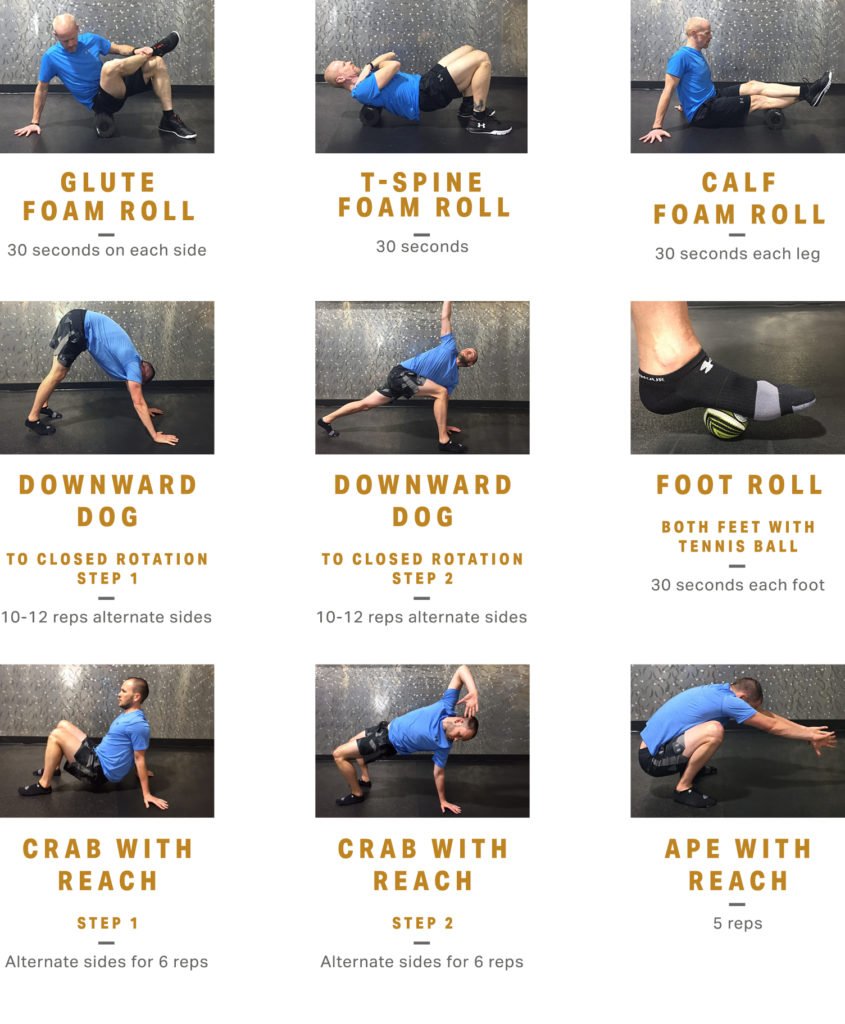

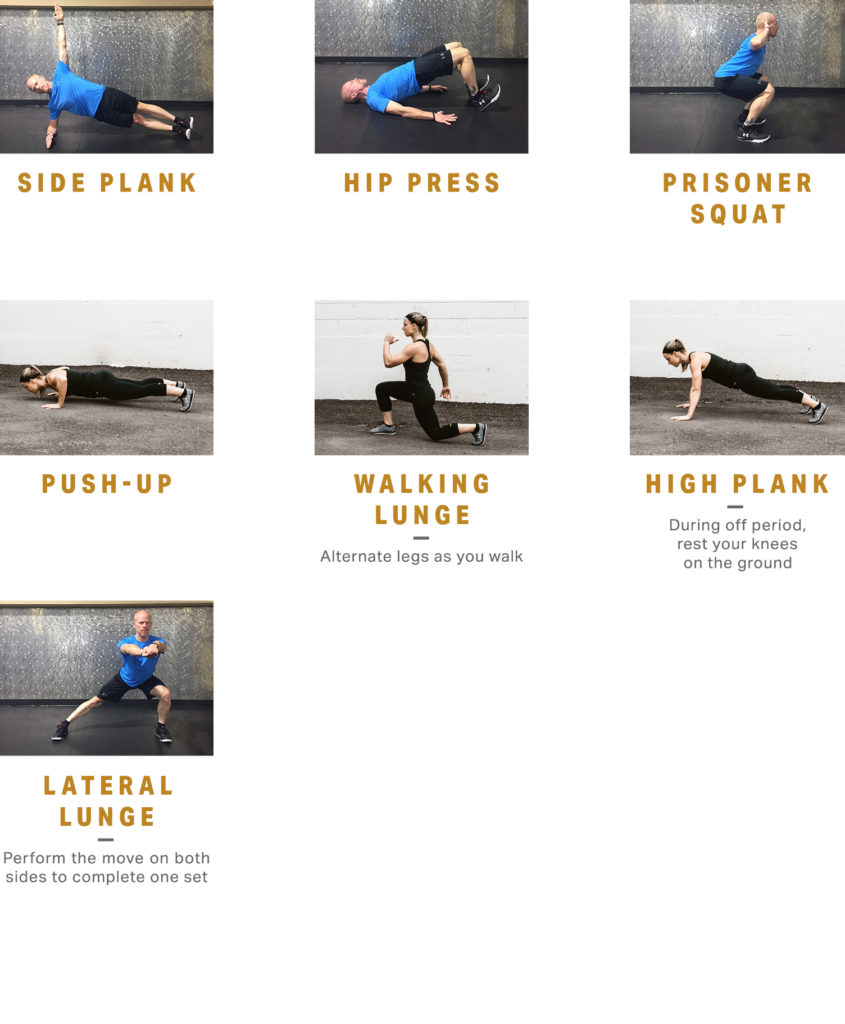

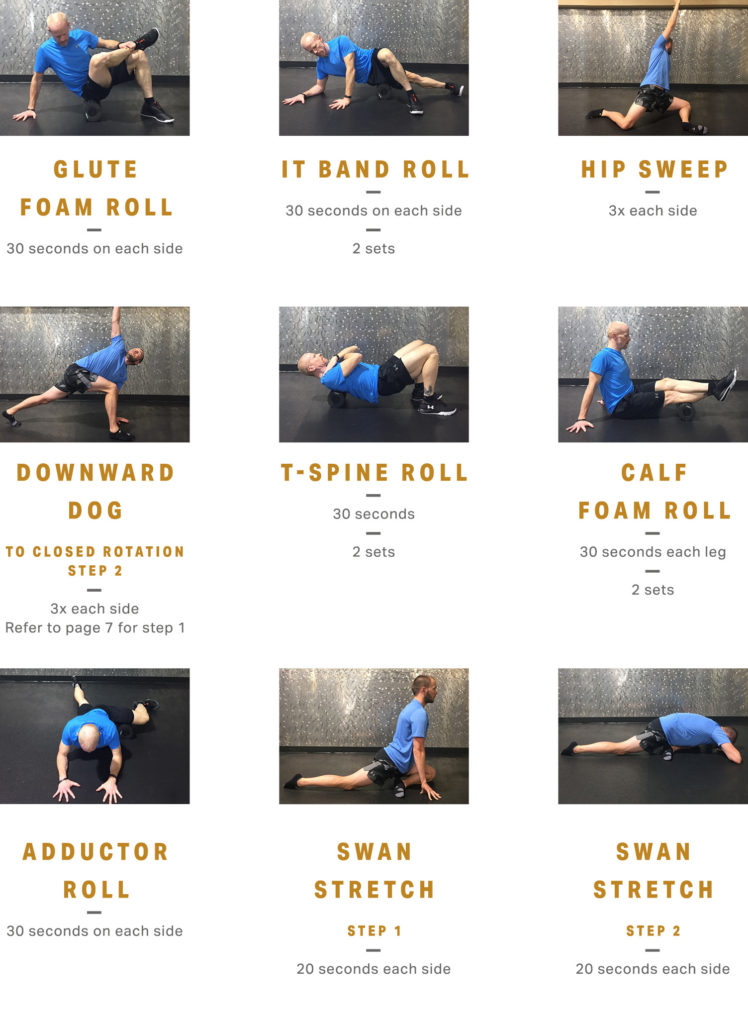

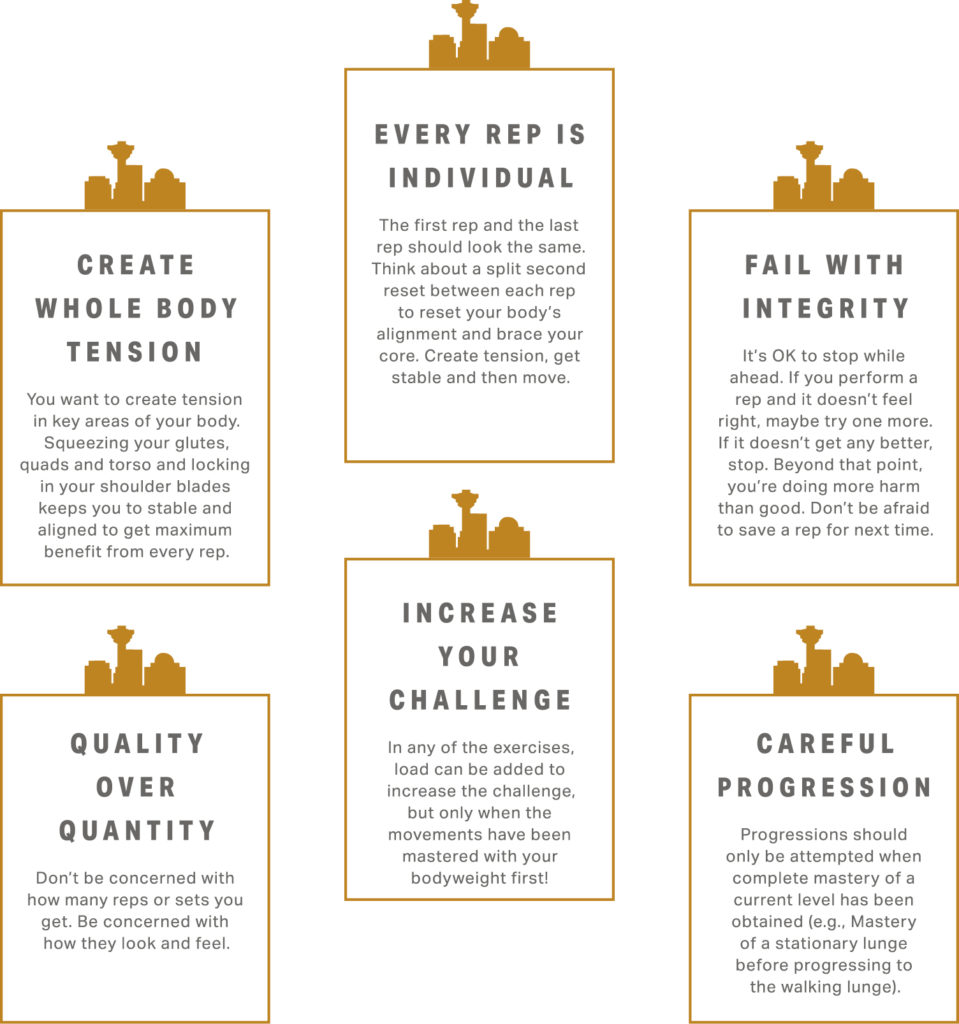

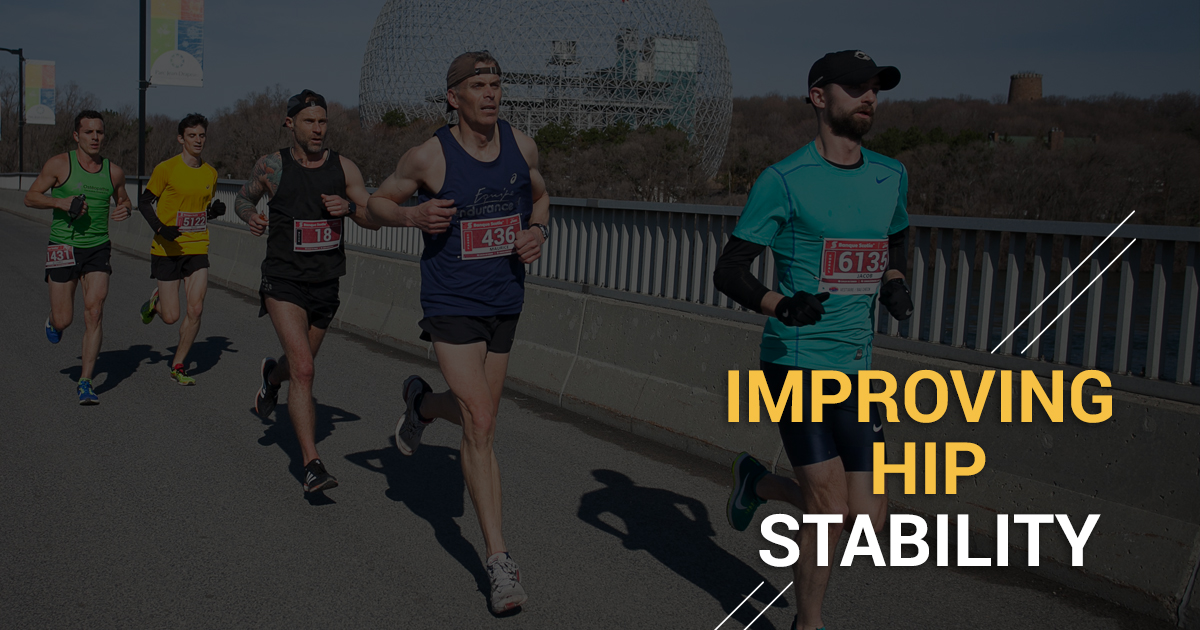
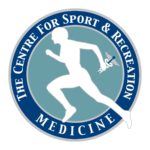
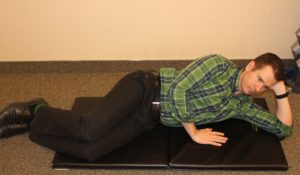
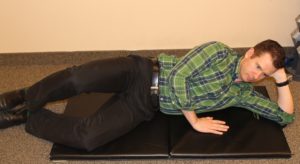
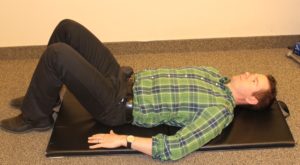
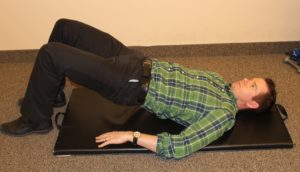
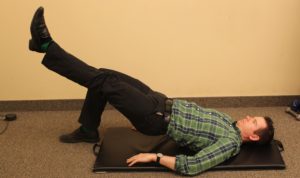
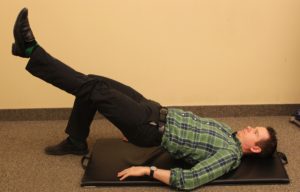
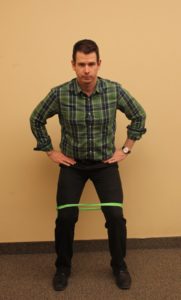
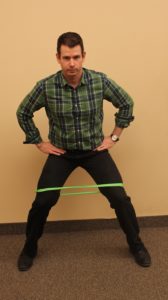
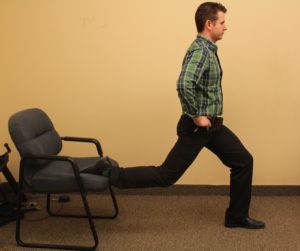
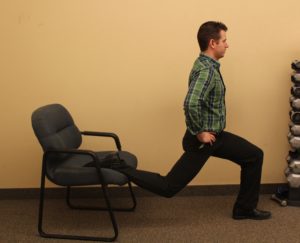
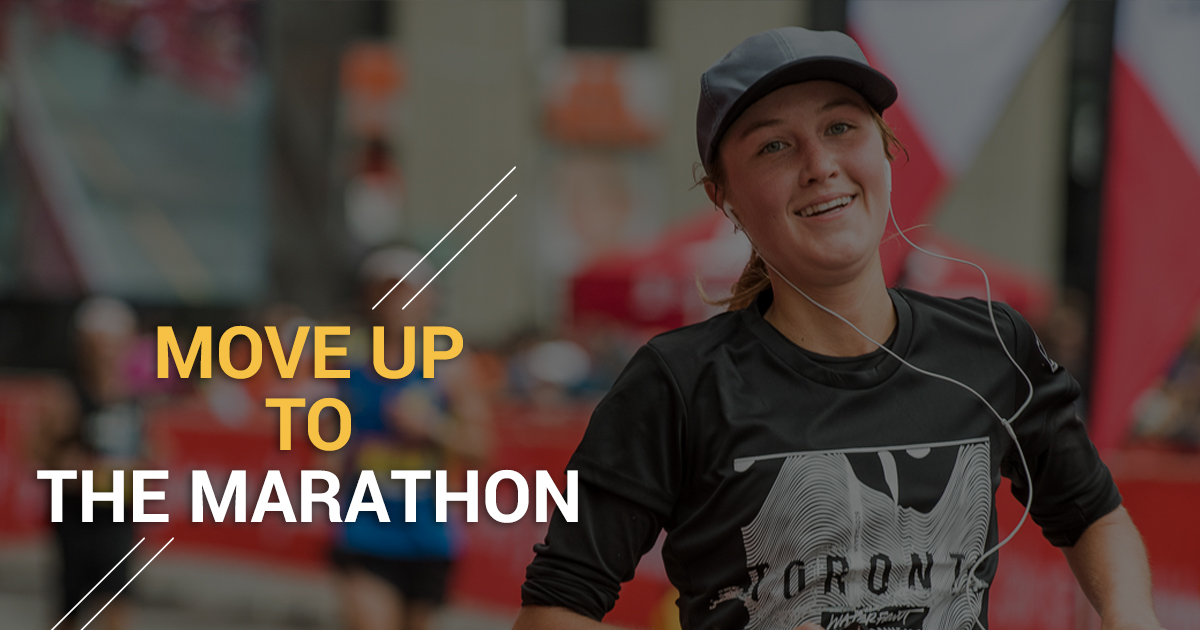
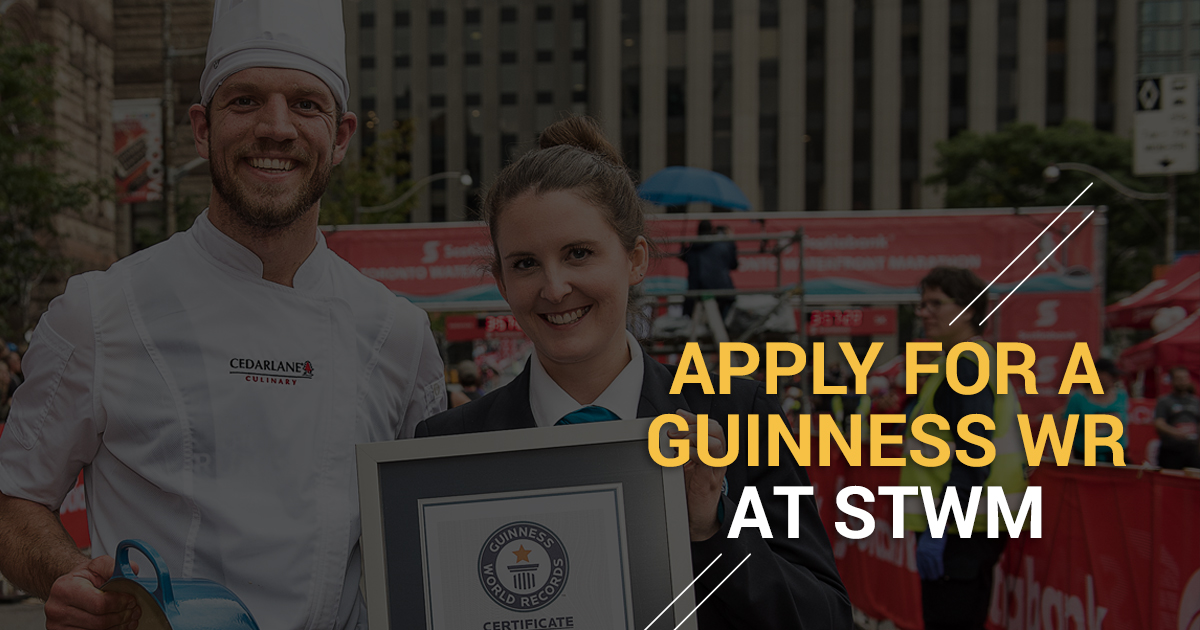
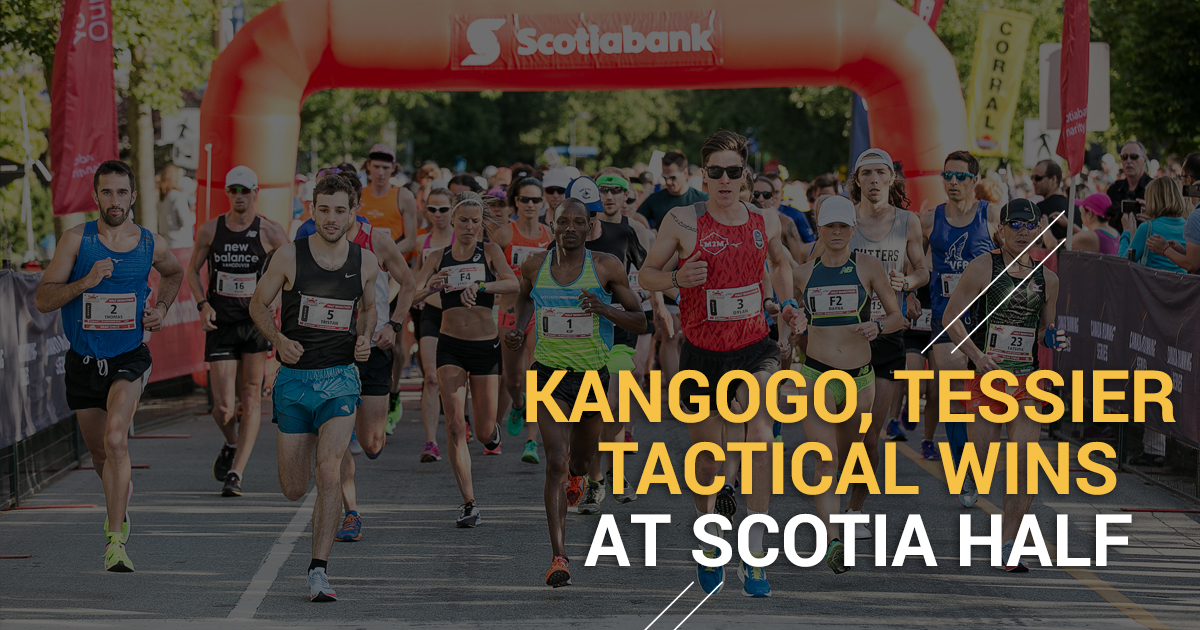
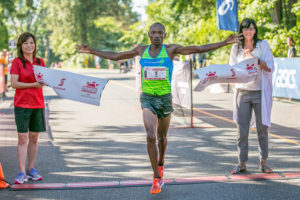 The summerlike conditions showed one of the world’s most-scenic half marathons at its best, but led to tactical races up front. It was 19c for the 7:30am start of the “Scotia Half” start at the University of British Columbia at 7:30am. A group of 4 immediately broke away from the field, led by Canada’s 2012 Olympic marathoner Dylan Wykes, with Kangogo, Lakefield, Ontario’s Thomas Toth and Tristan Woodfine from Guelph’s Speed River TFC tucked in behind. Two initial three-minute kilometres got rid of Woodfine who drifted back on tired legs, and the pace slowed to consistent 3:10s as Wykes kept things moving along. Toth, who had already put in over 200 kilometres this week as he prepares to represent Canada in the IAAF World Championships marathon in London in August, was gone by 8k (24:51). It then turned into a thoroughly absorbing cat and mouse contest between two wily veterans. Kangogo had already won the event an impressive 5 times, Wykes once in 2014 (with Kangogo 2nd). The pair continued down through Spanish Banks, Jericho Beach, Point Grey and into Kitsilano with Wykes doing all the leading, and Kangogo in his footsteps behind. 10k was passed in 30:47 and 15k in 46:33 before Kangogo moved out to test Wykes’ race fitness around Kits Point at 17k. At 18k, going onto the challenging uphill over Burrard Bridge, the Albertan made his signature, decisive move that has given him so many victories on the course and it was over quickly. “My training has been coming along really nicely,” Kangogo said. “I was happy with my preparation and I planned to make my move at 18k on the bridge. I had won the Canadian Half marathon Championships 3 weeks ago in Calgary and I was ready. I love this race and am glad to come back anytime.” Despite dropping off to finish 18 seconds back (65:53) Wykes was also pleased with his performance. After battling injuries for 4 years and starting a family, he ran a steady, controlled effort. “It’s great to be back racing,” he said. “Right now I’ve still only got one gear, but watch out for me in the Fall!” Toth crossed the line a distant third in 68:02, with Woodfine another minute back (69:03).
The summerlike conditions showed one of the world’s most-scenic half marathons at its best, but led to tactical races up front. It was 19c for the 7:30am start of the “Scotia Half” start at the University of British Columbia at 7:30am. A group of 4 immediately broke away from the field, led by Canada’s 2012 Olympic marathoner Dylan Wykes, with Kangogo, Lakefield, Ontario’s Thomas Toth and Tristan Woodfine from Guelph’s Speed River TFC tucked in behind. Two initial three-minute kilometres got rid of Woodfine who drifted back on tired legs, and the pace slowed to consistent 3:10s as Wykes kept things moving along. Toth, who had already put in over 200 kilometres this week as he prepares to represent Canada in the IAAF World Championships marathon in London in August, was gone by 8k (24:51). It then turned into a thoroughly absorbing cat and mouse contest between two wily veterans. Kangogo had already won the event an impressive 5 times, Wykes once in 2014 (with Kangogo 2nd). The pair continued down through Spanish Banks, Jericho Beach, Point Grey and into Kitsilano with Wykes doing all the leading, and Kangogo in his footsteps behind. 10k was passed in 30:47 and 15k in 46:33 before Kangogo moved out to test Wykes’ race fitness around Kits Point at 17k. At 18k, going onto the challenging uphill over Burrard Bridge, the Albertan made his signature, decisive move that has given him so many victories on the course and it was over quickly. “My training has been coming along really nicely,” Kangogo said. “I was happy with my preparation and I planned to make my move at 18k on the bridge. I had won the Canadian Half marathon Championships 3 weeks ago in Calgary and I was ready. I love this race and am glad to come back anytime.” Despite dropping off to finish 18 seconds back (65:53) Wykes was also pleased with his performance. After battling injuries for 4 years and starting a family, he ran a steady, controlled effort. “It’s great to be back racing,” he said. “Right now I’ve still only got one gear, but watch out for me in the Fall!” Toth crossed the line a distant third in 68:02, with Woodfine another minute back (69:03).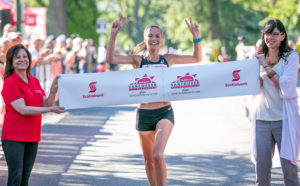 The women’s race produced a surprise winner in Lyndsay Tessier from Toronto’s Black Lungs club, ahead of strong pre-race favourite Dayna Pidhoresky (78:10) of Vancouver. Pidhoresky was coming off a breakthrough performance at the Scotiabank Ottawa Marathon just 4 weeks ago – a PB of 2:36:08 that also earned her a place on the Canadian team to the World Championships. “It was tough out there,” she said. “It was hot. The plan was to do a tempo workout and I thought that might be good enough to win today, but it wasn’t. Lyndsay really deserved to win. I’ve only had a couple of workouts since Ottawa, and I was worried if I pushed too hard it might set me back, and I’d miss some important training for London.” Pidhoresky got off to her typical quick start and was well clear at 3k which she passed in 10:02. But Tessier remained steady, gradually hauling her in. Tessier caught up around 8k, and the pair battled back and forth until 13k when Tessier made the move, to eventually win by over a minute. “Early on I just tried to keep the green shorts in sight,” said Tessier. “I’m not good on downhills, and Dayna got away from me on the downhill from 8k to 9k, but I caught up to her again by 10k. I do much better on the uphills and I moved away on the rise from Jericho at 13k. Burrard Street bridge was really a throat punch at the end but once I got over it I just held on.” Washington State’s Courtney Olsen was 3rd in 80:47.
The women’s race produced a surprise winner in Lyndsay Tessier from Toronto’s Black Lungs club, ahead of strong pre-race favourite Dayna Pidhoresky (78:10) of Vancouver. Pidhoresky was coming off a breakthrough performance at the Scotiabank Ottawa Marathon just 4 weeks ago – a PB of 2:36:08 that also earned her a place on the Canadian team to the World Championships. “It was tough out there,” she said. “It was hot. The plan was to do a tempo workout and I thought that might be good enough to win today, but it wasn’t. Lyndsay really deserved to win. I’ve only had a couple of workouts since Ottawa, and I was worried if I pushed too hard it might set me back, and I’d miss some important training for London.” Pidhoresky got off to her typical quick start and was well clear at 3k which she passed in 10:02. But Tessier remained steady, gradually hauling her in. Tessier caught up around 8k, and the pair battled back and forth until 13k when Tessier made the move, to eventually win by over a minute. “Early on I just tried to keep the green shorts in sight,” said Tessier. “I’m not good on downhills, and Dayna got away from me on the downhill from 8k to 9k, but I caught up to her again by 10k. I do much better on the uphills and I moved away on the rise from Jericho at 13k. Burrard Street bridge was really a throat punch at the end but once I got over it I just held on.” Washington State’s Courtney Olsen was 3rd in 80:47.